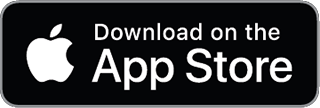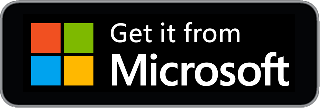What is the Current Version of RSS?
RSS, standing for RDF Site Summary or Really Simple Syndication, is a web feed format that facilitates users and applications to access updates to online content in a standardized, computer-readable format. The latest version of RSS is 2.0.11, released on March 30, 2009. This article will explore the evolution of RSS, its significance, and juxtapose it with its contemporary, the Atom feed format.
The Essence of RSS
RSS is a web feed that allows users and applications to access updates from websites in a standardized manner. By subscribing to RSS feeds, users can monitor multiple websites using a single news aggregator, eliminating the need to manually visit each site. These aggregators, also known as RSS readers or news readers, can be integrated into browsers, desktop applications, or mobile devices. Websites primarily use RSS feeds to distribute frequently updated information, such as blog entries, news headlines, or podcast episodes. An RSS document, often termed a feed or web feed, includes text (either full or summarized) and metadata, like the publication date and author's name. RSS is structured on a generic XML file.
RSS Through the Years
RSS's origins trace back to March 1999. Its widespread adoption was between 2005 and 2006, signified by major web browsers adopting the feed icon. The core of RSS is to present feed data to users via a news aggregator. Users can subscribe to these feeds by inputting the feed's URI into their reader or by clicking the browser's feed icon. This action enables the RSS reader to periodically check for fresh content and, if allowed, auto-download it.
Current Version and Its Features
The most recent iteration of RSS is version 2.0.11, published on March 30, 2009. This version introduced an explicit extension mechanism using XML namespaces. While other web feed formats, like Atom, have emerged, RSS remains a popular choice due to its straightforwardness and broad support.
The Atom Feed Format
Atom, another web feed format, was developed as an alternative to RSS. The Atom Syndication Format is an XML language employed for web feeds, while the Atom Publishing Protocol (AtomPub or APP) is a straightforward HTTP-based protocol for creating and updating web resources. The Atom format was designed to address perceived limitations and flaws in RSS, such as the lack of ongoing innovation and the need for backward compatibility. The Atom Syndication Format was published as an IETF proposed standard in RFC 4287 in December 2005, and the Atom Publishing Protocol was released as RFC 5023 in October 2007. As of now, the most recent version of the Atom feed format is Atom 1.0.
WebSub: The Modern Publishing Protocol
WebSub, formerly known as PubSubHubbub, is an open protocol designed for distributed publish–subscribe communication on the Internet. Initially crafted to enhance the Atom (and RSS) protocols for data feeds, WebSub can be applied to any data type, such as HTML, text, images, audio, and video, as long as it's accessible via HTTP. The primary objective of WebSub is to offer real-time notifications of changes, thereby reducing the need for clients to continuously poll for updates. This mechanism provides instantaneous HTTP notifications without demanding clients to allocate resources for regular polling. In October 2017, PubSubHubbub was rebranded to WebSub for clarity and simplicity. As of January 2018, the WebSub protocol has been recognized by the W3C as a Recommendation.
Conclusion
RSS has been instrumental in the evolution of content syndication on the internet. Its capability to offer users timely updates from various sources in a standardized format has rendered it invaluable for both content consumers and creators. As the digital realm continues to transform, RSS's adaptability and simplicity ensure its continued relevance. For those eager to stay updated without the distractions of social media, consider using an RSS reader. If you're in search of a reliable and intuitive option, the Feed Viewer app is worth a download.

